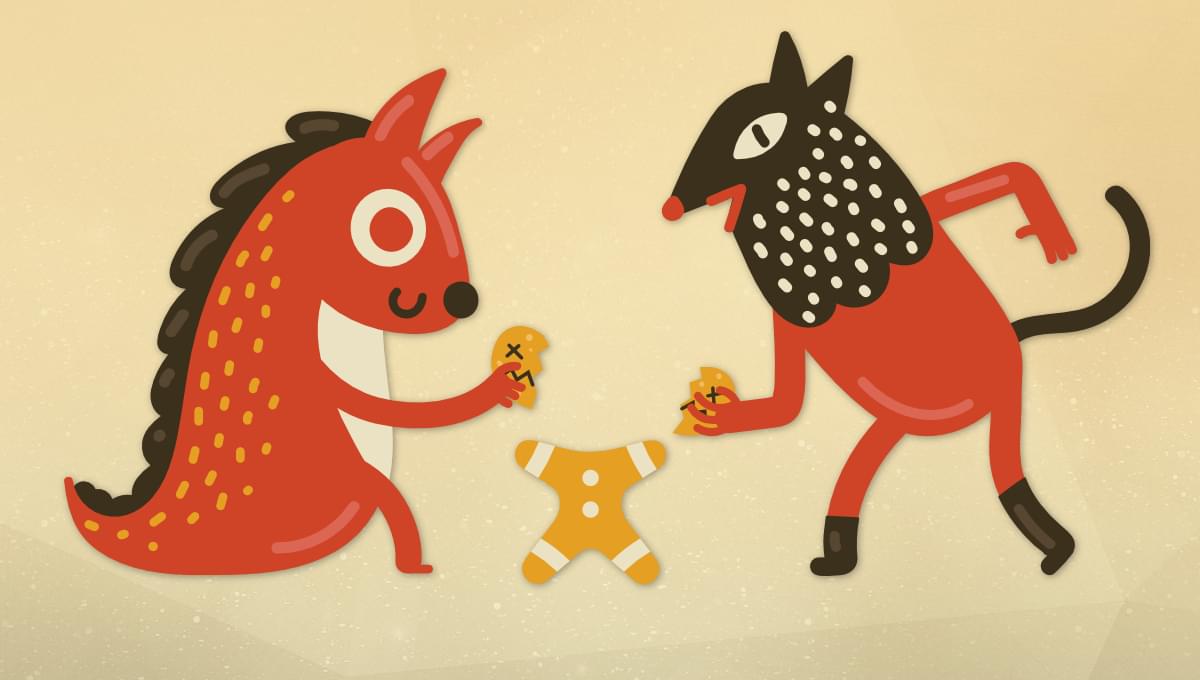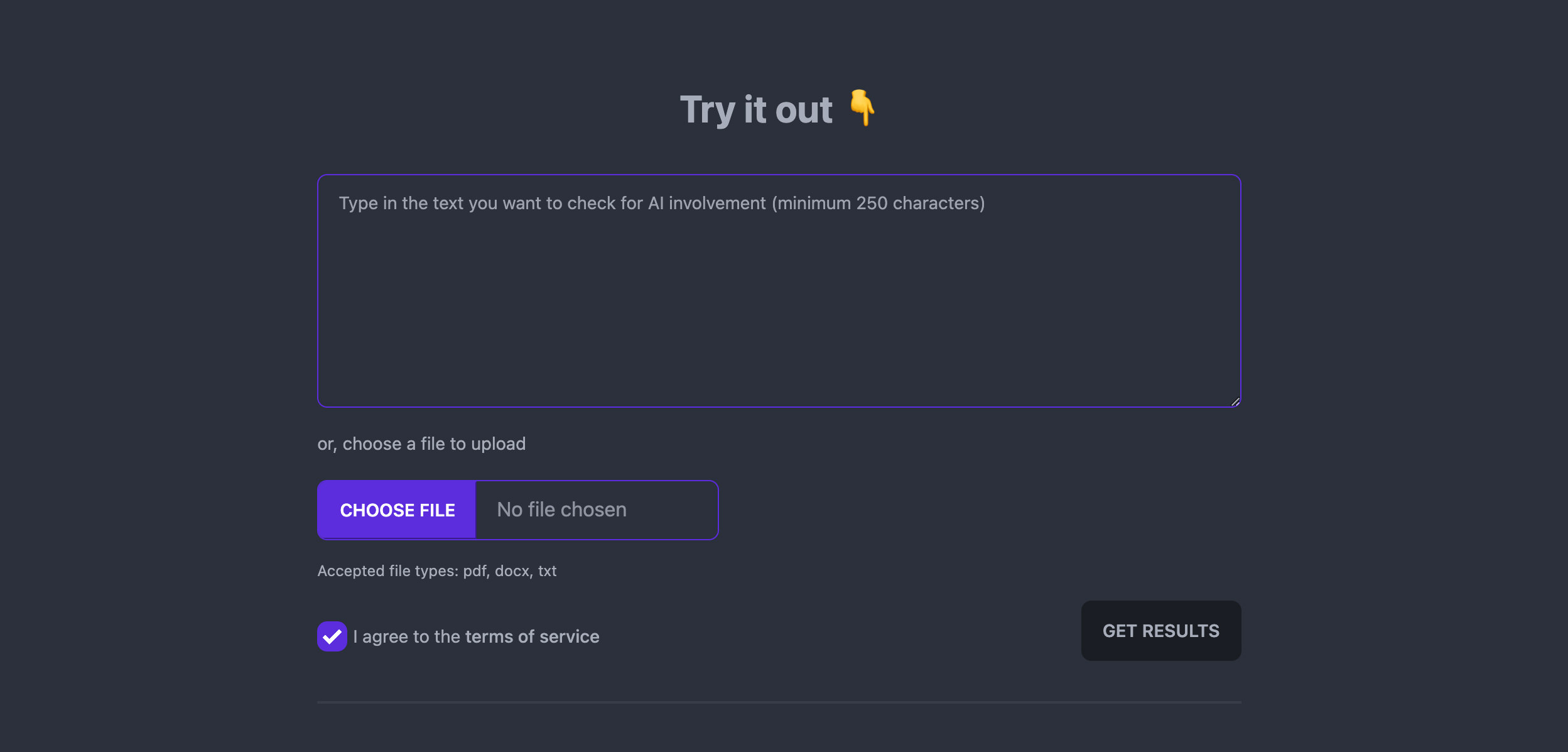The best dock for MacBook Pro in 2023
Original Source: https://www.creativebloq.com/buying-guides/best-dock-for-macbook-pro
Out of ports? Find the best dock for your MacBook Pro to link up all the peripherals!
Original Source: https://www.creativebloq.com/buying-guides/best-dock-for-macbook-pro
Out of ports? Find the best dock for your MacBook Pro to link up all the peripherals!
Original Source: https://1stwebdesigner.com/the-difference-between-the-where-and-is-css-selectors/
The CSS selectors :where() and :is() are two pseudo-classes that allow you to select elements based on their relationship with other elements. Although they sound similar, they are different in terms of functionality and syntax.
Your Web Designer Toolbox
Unlimited Downloads: 500,000+ Web Templates, Icon Sets, Themes & Design Assets
DOWNLOAD NOW
The :where() pseudo-class was introduced as part of the CSS Selectors Level 4 specification and allows you to select elements based on the presence of other elements that match a specific condition. In other words, you can select elements based on the relationship between elements in a DOM tree. For example, you can use the :where() selector to select a list item li only if it is the first child of an unordered list ul:
li:where(:first-child of ul) {
background-color: yellow;
}
On the other hand, the :is() pseudo-class is part of the CSS Selectors Level 3 specification and allows you to select an element if it is one of several different selectors. It is similar to the logical OR operator, in CSS. For example, you can use the :is() selector to select a p element if it is either the first child of its parent or has a class of highlight:
p:is(:first-child, .highlight) {
background-color: yellow;
}
It’s important to note that the :where() selector has better browser support than the :is() selector, and that the :is() selector should not be used in conjunction with the :not() pseudo-class.
Original Source: https://www.sitepoint.com/php-handle-exceptions/?utm_source=rss

Learn the basics of exceptions in PHP, how to use throw, try and catch effectively, and how to write your own custom exceptions.
Continue reading
Quick Tip: How to Handle Exceptions in PHP
on SitePoint.
Original Source: https://designrfix.com/scandinavian-vs-nordic-design/
I’ve always been drawn to the clean lines, muted colors, and minimalist aesthetic of Scandinavian and Nordic styles. Recently, I decided to redecorate my apartment with a mix of both, thinking that they were pretty much interchangeable. But as I started to curate furniture and decor, I realized that I wasn’t quite sure of the …
Read more
Original Source: https://www.hongkiat.com/blog/chatgpt-plagiarism-detection-tools/
AI is achieving new feats each day, and ChatGTP is its recent one. OpenAI’s ChatGTP has taken over the Internet by storm. From providing answers to just about any question to doing college assignments and homework, it can do a lot.
However, this has also created challenges around AI-assisted plagiarism for the academic community and content creators. So in this post, we are giving a list of online plagiarism detection tools to catch bot-generated content. Take a look to see which one’s the best to help you out in detecting AI-assisted plagiarism.
1. GPTZero

GPTZero is an online app that can detect AI-assisted plagiarism in any text. Developed by Edward Tien, it is a minimal yet powerful app that can tell if a piece is written by AI bots like ChatGPT or a human.
GPTZero tests the text entered into the app based on perplexity or randomness in a sentence and burstiness that measures overall randomness in the entire text. Meaning that the text written by humans will have more perplexity and overall burstiness.
The app is basically aimed at teachers who might want to know if their students are writing assignments with the help of AI bots.
Moreover, the app has been tested against human and GPT-generated text and has reaped quite accurate results.
2. GLTR

Next on the list is GLTR (Giant Language Model Test Room). This is an online tool based on an algorithm that can detect possible plagiarism resulting from AI-generated text written by a bot like ChatGPT.
The algorithm analyzes the text based on a huge database of predicted words and highlights the words in the text that are among the top 10 (green), top 100 (yellow), or top 1000 (red) predicted words.
So, the more predicted words there are in a text, the more likely it is that the text is bot-generated rather than human-generated.
GLTR is a joint effort of MIT-IBM Watson AI Lab and Harvard Natural Language Processing Group. However, the algorithm works better for detecting GPT-2-generated text rather than the more recent ChatGPT-assisted text.
3. GPT-2 Output Detector

If you want to detect AI-assisted plagiarism in a text that you suspect to be generated by ChatGTP’s older version GPT-2, then this tool can be really helpful.
GPT-2 Output Detector can highlight if the text is human-generated or bot-generated (specifically through GTP-2) with a good accuracy rate. However, the tool highlights that the results will start getting better after 50 tokens.
4. Writer.com’s AI Content Detector

Unlike other tools in the list, this AI Content Detector is actually a part of an AI-powered writing platform that also helps you detect AI-generated content.
You can either paste the content that you want to check or add the link of the page that you think has content that might be generated from an AI bot. It’ll take some time to analyze and give you a detection score as the percentage of human-generated content in a text.
There’s, however, a limit of 1500 words that you can run through the AI Content Detector at one time.
5. Crossplag’s AI Content Detector

Crossplag is an intuitive AI content detector that anyone from the field of education, publishing, or content creation can use. You can paste in any kind of text in it, and the tool will provide you information if it’s human-written, bit-generated or mixed.
The tool can detect content in hundreds of languages and curates a resource of billions of web articles for comparison. Moreover, Crossplag upholds a strict privacy policy and ensures no data leaks.
To use Crossplag, you first need to sing up of a free account and then you can paste content to be checked. However, for the free account, the word limit is 1000 per entry. For more features, you can subscribe to a paid package for an individual or educational institute.
The post 5 Plagiarism Detection Tools to Tell if Content is Written by ChatGPT appeared first on Hongkiat.
Original Source: https://www.creativebloq.com/news/download-after-effects
All you need to know about how to download After Effects.
Original Source: https://abduzeedo.com/op-1-field-brought-life-stunning-3d-design-showcase-hugo-barbosa-blender
OP-1 Field brought to life: A stunning 3D design showcase by Hugo Barbosa in Blender

abduzeedo0223—23
Hugo Barbosa’s 3D work created in Blender showcasing the OP-1 Field synthesizer, sampler, and sequencer is a stunning display of modeling, materials, motion, and render. The Stockholm-based company Teenage Engineering designed and manufactured the OP-1 Field, and Hugo Barbosa’s work brings it to life in a way that is both realistic and imaginative.
One of the most impressive aspects of Barbosa’s work is his attention to detail in the modeling of the OP-1 Field. Every button, knob, and dial on the device is faithfully recreated in 3D, down to the smallest details. This level of precision and accuracy is essential for creating a believable representation of the OP-1 Field, and Barbosa has nailed it.
In addition to the modeling, Barbosa’s use of materials is equally impressive. The OP-1 Field’s casing is made of plastic, and Barbosa has captured the texture and finish of the material perfectly. The buttons and dials have a metallic sheen that reflects light in a realistic way, and the overall effect is one of a high-quality, well-made piece of equipment.
The motion of the OP-1 Field in Barbosa’s work is smooth and fluid. The animation of the device’s screen is particularly impressive, with Barbosa capturing the fluidity of the graphical interface in a way that is both mesmerizing and engaging.
Finally, the render of the OP-1 Field in Barbosa’s work is simply stunning. The lighting and shadows are expertly handled, with the device casting realistic shadows on the surface it sits on. The reflections on the OP-1 Field’s plastic casing are perfectly captured, with the surrounding environment reflected in a way that feels both realistic and otherworldly.
In conclusion, Hugo Barbosa’s 3D work showcasing the OP-1 Field synthesizer, sampler, and sequencer is a masterful display of modeling, materials, motion, and render. The attention to detail and the skillful execution of each element make for a truly immersive and impressive experience. Fans of the OP-1 Field, as well as those with an appreciation for 3D design, should not miss this incredible work.
For more information make sure to check out Hugo on:
Behance
Instagram
Website
Original Source: https://tympanus.net/codrops/collective/collective-753/
Unovis * Openverse * SwissGL * DSLCad * From Ghost to 11ty
Original Source: https://www.creativebloq.com/reviews/psvr-2-review
PSVR 2 is the next-gen headset gaming needed.
Original Source: https://tympanus.net/codrops/2023/02/22/some-more-on-scroll-typography-animations/
A second set of ideas for on-scroll typography animations.
